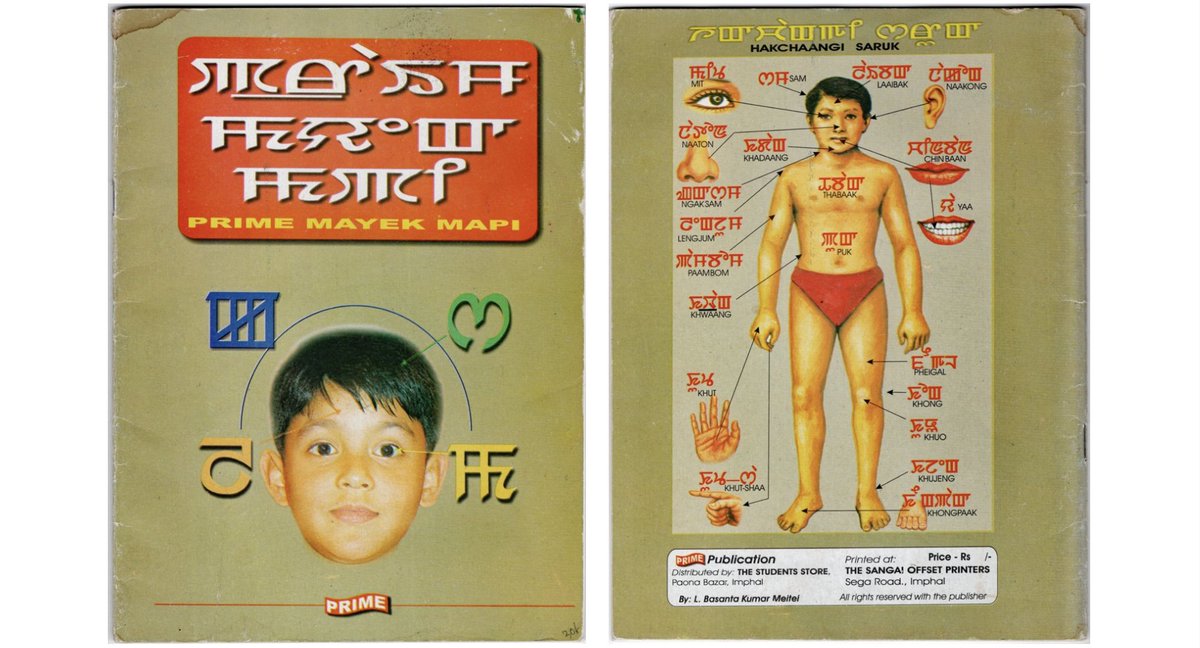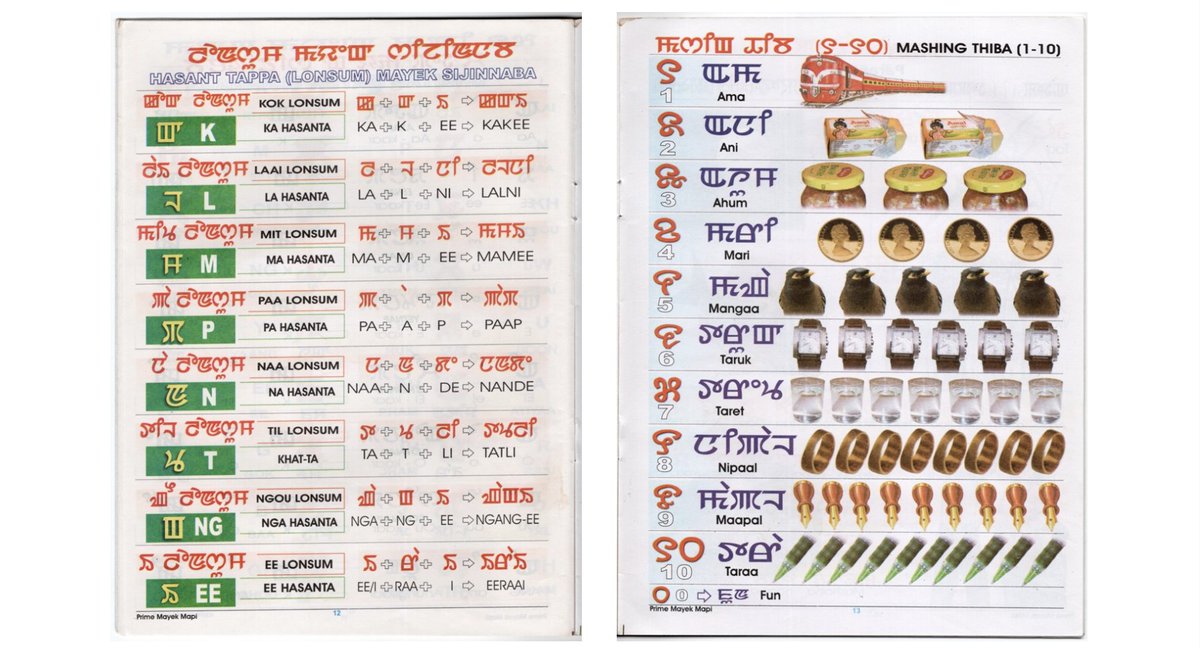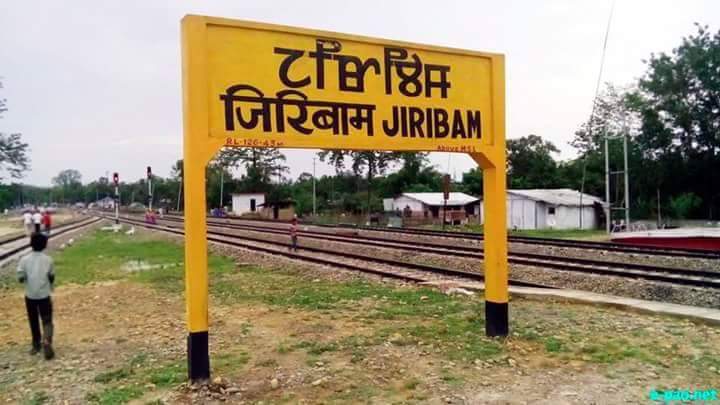The Meitei Mayek script ꯃꯤꯇꯩ ꯃꯌꯦꯛ, now being adopted for the Meitei language in the Indian state of Manipur as a replacement for Bengali script, is of ancient origins.
A unique feature of the script is that all the letters are named after individual parts of the body.
A unique feature of the script is that all the letters are named after individual parts of the body.
Meitei Mayek is an abugida (a syllabary in which the vowel is changed by modifying the base consonant symbol) used for the Meitei language, one of the official languages of Manipur. It was used from antiquity until the 18th century, when it was replaced by the Bengali alphabet.
The earliest use of Meetei Mayek, found on stone inscriptions at Khoibu in Tengnoupal district, is dated to the 11-12th centuries AD. The script was largely wiped out in the 18th century, when Hinduism replaced the ancestral Manipuri belief system, and Bengali script was adopted.
After King Pamheiba converted to Hinduism in 1717, nearly all the manuscripts of the legendary Manipuri historical chronicles, the Puyas of Kangleipak, which were written in Meetei Mayek, were burnt. This has made the effort to recreate the Meitei Mayek script more difficult.
Driven by Manipuri nationalism, there has been a concerted effort to reinstate the old script, and it, not Bengali, is now the official script taught to Manipuri schoolchildren, resulting often in the peculiar situation that children can read a script which their parents cannot.
As this younger generation grows up, Meitei Mayek script is increasingly replacing the older Bengali script on signage, and in general usage. Meitei Mayek was encoded in Unicode in 2009 under the initiative of Twitter& #39;s own @Evertype.
There are, per Michael Everson& #39;s initial 2006 Unicode proposal, at least 437 pre-20th century manuscripts written in the original older version of the Meitei Mayek script, which has 9 additional letters not used today in the modern version.

 Read on Twitter
Read on Twitter






